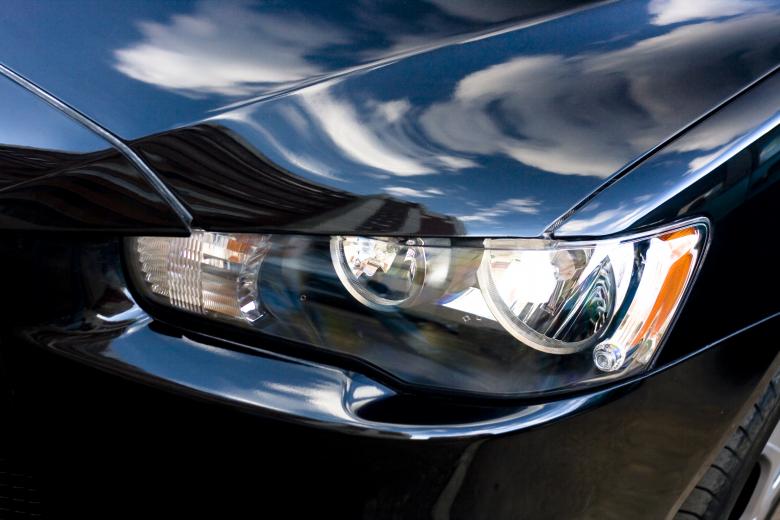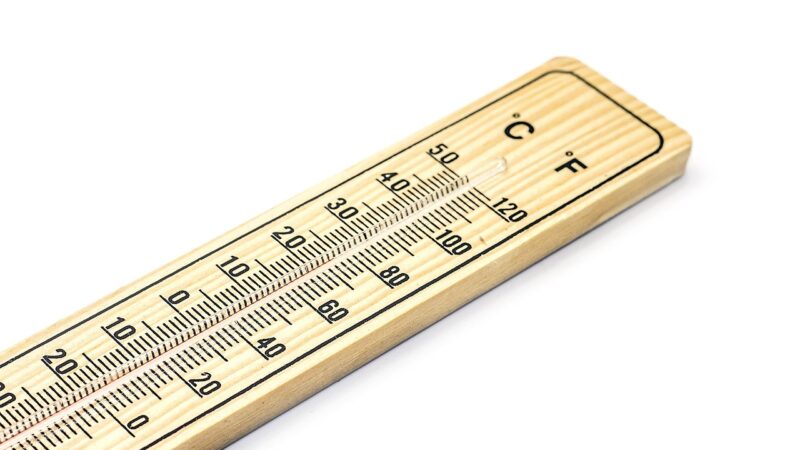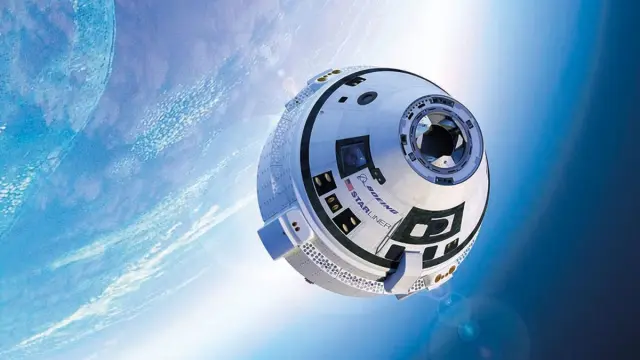How to prevent car headlights from fogging up

Moisture trapped in headlights can reduce the light projected through them. We teach you how to avoid it.Having your car’s headlights in good condition is essential for driving safely, especially when traveling at night on roads that are not illuminated. Driving with a blown bulb or lights that are not properly oriented can be almost as dangerous as driving with your eyes closed. On other occasions, something as simple as humidity can also significantly affect the way we see the road.
Driving with foggy headlights is an almost identical experience to driving with worn-out headlights. Water will condense on the transparent surface, preventing the light from the parabola from passing through it properly. As drivers, we will have much poorer vision, with less intensity, so we will be endangering our safety and that of other road users.
If you have noticed that your car’s headlights tend to fog up, stay tuned to this article. We are going to tell you the reason why it occurs and the most typical solutions to prevent this phenomenon from occurring again.
Why do car headlights fog up?
- Damaged or defective seals
- Temperature changes
- Lack of ventilation
- Improper handling
What needs to be done to prevent the headlights from fogging up?
- Replace seals
- Repair cracks
- Clean carefully
- Check ventilation
Why do car headlights fog up?
The fact that your car’s headlights tend to fog up should not alarm you too much, as it is a fairly common problem today. Although cars do not usually have this problem when they are new, the breakage of the seals and the vibrations that occur with the use of the vehicle itself are more than enough for moisture to enter said compartment, making lighting difficult at night.
Headlights tend to fog up during the coldest months of the year. The problem is usually even more common in areas where there is usually a lot of humidity in the environment. It occurs because moisture is trapped inside the headlight housing , which makes it easier for it to condense on the interior surface of the headlight. The main reasons why we will experience this phenomenon are the following:
Damaged or defective seals
Headlights are designed to be airtight, meaning they must be completely sealed to prevent moisture from entering. However, over time, seals can deteriorate due to normal wear and tear, exposure to the elements or even small impacts (pebbles, bumps when parking…).
When this happens, small cracks or gaps are created that allow moisture to seep into the interior of the headlight, leading to the formation of condensation.
Temperature changes
With sudden changes in temperature, condensation also usually occurs . Just as the outside of a glass fogs up with ice, the same thing will happen if we drive in a cold environment and then park the car in a warm garage (or the opposite).
The temperature difference between the inside and outside of the headlight can cause moisture to condense quickly.
Lack of ventilation
Car parts manufacturers know perfectly well that they have to design headlights in such a way that condensation is minimized. For this reason, modern models have a ventilation system that allows hot and humid air to escape to the outside.
However, if these passages are blocked by dirt or dust , moisture can become trapped inside the headlight, returning you back to square one.
Improper handling
We have heard the joke thousands of times about how many people it takes to change a light bulb. With modern cars, the joke tells itself. And, in a large number of models, we will need to undergo almost professional training to change something as simple as a light bulb .
It is great for manufacturers to complicate the maintenance tasks of their vehicles. After all, they make more money in their official workshops than from the sale of the cars themselves. Therefore, it is quite normal that if you dismantle the headlight to change a bulb, you end up damaging some component , or simply fail to seal the entire assembly afterwards, facilitating the appearance of humidity.
If a car bulb has burned out and you want to replace it yourself, the ideal is to watch different tutorials on YouTube on how to do it step by step . If you find it very complicated and you don’t have the right tools or skill, go directly to a professional.
What needs to be done to prevent the headlights from fogging up?
In addition to being dangerous, you should know that with foggy headlights you will not be able to pass the MOT. If you need to remove moisture from the glass and you are not sure how to do it, here are the most typical solutions to this problem. Luckily, in most cases, you can do the procedure without having to disassemble the part.
Replace seals
Sometimes the solution to this fogging issue is as simple as replacing the seals . They are small rubber bands that can be found at ridiculous prices. If our seals are damaged, replacing them will be the key to ensuring that the component is airtight again, thus preventing moisture from leaking into the interior.
When replacing seals, you need to look for a component that is compatible with your model. Likewise, the installation must be correct. If you don’t have much skill, it is best to take the car to the shop and have a professional take care of it.
Repair cracks
If you detect small cracks or cracks on the inside of the headlight, it is important to repair them as soon as possible to prevent moisture from seeping through them. For smaller cracks, you can use a transparent sealing tape specially designed for this purpose.
As when sanding, the surface must be thoroughly cleaned and dried before applying the tape to ensure proper adhesion .
In the case of larger cracks or more significant damage, you may need to consider replacing the entire headlight housing . When doing so, do not forget to apply a sealant around the joints to ensure optimal tightness and prevent future moisture leaks.
Clean carefully
Carwashing is the best technique to clean the body of a car without damaging it. However, pressurized water can cause a headlight to fog up even on the hottest August afternoon.
The ideal thing when cleaning is not to point the pressure hose directly between the gaps in the headlight and the hood. In fact, you should avoid it altogether if you know that your headlight tends to fog up often.
Check ventilation
As we said before, if the ventilation system has become clogged, the headlight will fog up. In these cases, it will need to be opened and cleaned to ensure that the system works properly again.
If what you notice is that water has entered, the quickest thing to do is to open the headlight from behind and wait a reasonable amount of time for the water to evaporate . Otherwise, it may take days for the lighthouse to clean itself naturally.
If possible, do this procedure on a hot day when there is not much humidity. Once you notice that the humidity has dissipated, he closes the piece again and checks that everything has gone correctly .
Now that you know the procedure you must follow, we leave you a couple more entries that may interest you. In this guide we explain ways to clean and polish the headlights so that they are perfect . If you are left wanting more, we leave you a slightly more technical article, in which we talk about the nomenclature and the types of headlights that exist .


![Major Sports Events Of the Year [2025]](https://www.techhubupdates.com/wp-content/uploads/2025/02/Major-Sports-Events-Of-the-Year-2025-800x450.webp)


